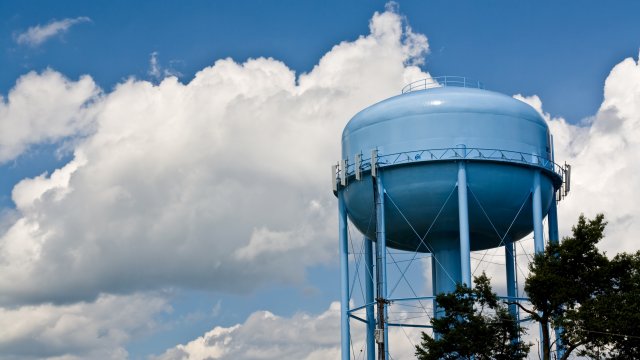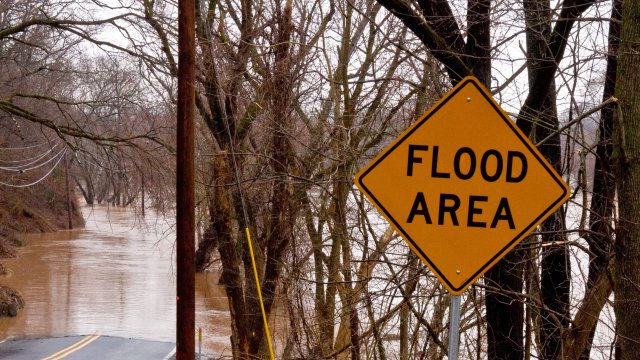Drinking Water and Wastewater Resilience
-
America’s Water Infrastructure Act

AWIA Section 2013 established risk and resilience assessment and emergency response plan requirements. AWIA Section 2018 set spill notification and access to chemical inventory data requirements.
-
Cybersecurity Resilience

Cyber-attacks against public water systems are increasing. Implementing basic cyber hygiene practices can help your utility prevent, detect, respond to, and recover from cyber incidents.
-
Emergency Preparedness and Response

EPA has a variety of tools and guidance to support utility preparedness and response. Our resources can help you become more resilient to emergencies.
-
Contamination Preparedness and Response

EPA has resources available to help drinking water utilities to prepare and respond during water contamination incidents.
-
Supply Chain Resilience

EPA has resources that can help water and wastewater utilities prepare for, and respond to, supply chain disruptions that could impact operations.
-
Weather Variability Resilience

EPA’s Creating Resilient Water Utilities (CRWU) initiative provides water sector utilities with practical tools, training, and technical assistance to increase resilience to weather variability and its impacts.
-
Federal Funding Sources

Federal Funding for Water and Wastewater Utilities in National Disasters (Fed FUNDS) presents information tailored to water and wastewater utilities on federal disaster and mitigation funding.
-
Interdependencies

Most critical infrastructure sectors have interdependencies with water and wastewater services, including the Chemical Sector, Emergency Services Sector, Energy Sector, Healthcare Sector, and more.
-
Training

Training and exercises are critical to the preparedness process. EPA offers training tools to improve utility plans, policies, and procedures.
